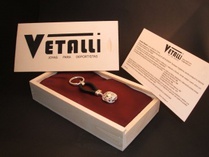DTF direct to film Transfers
DTF (Direct-to-Film) transfer prints are a garment decoration method where designs are printed onto a special film using water-based inks and adhesive powder. The film is then heat-pressed onto fabric, transferring the design. This technique works on a wide range of materials, including cotton, polyester, blends, and even leather.
Advantages over Screenprints:
-
No setup for complex designs – Ideal for small runs or full-colour, detailed artwork without creating separate screens.
-
Unlimited colours – Handles gradients, photorealistic images, and fine details with ease.
-
Lower production time for short runs – Faster turnaround since no screens or stencils are needed.
-
Versatility – Adheres well to various fabric types and textures.
-
Durability – Produces prints that are flexible, stretchable, and resistant to cracking or fading with proper application.
Embroidery
Computerised software is used to produce a digitised design, up to twelve colours, run on a state of the art industrial embroidery machine producing a very permanent logo, ideal for workwear that will go through an industrial wash. This method is flexible for difficult fabrics that cannot always be screenprinted, as well as giving a quality finish adding value to a garment.
This method is mainly used for smaller images such as a company logo or club badge on a polo or sweatshirt , although larger images can be embroidered on the backs of garments this can be expensive as more stitches in a design will mean it will take longer on the embroidery machine, very often a combination of an embroidered logo on the front left breast will be used with a larger printed logo on the back to keep costs down.






